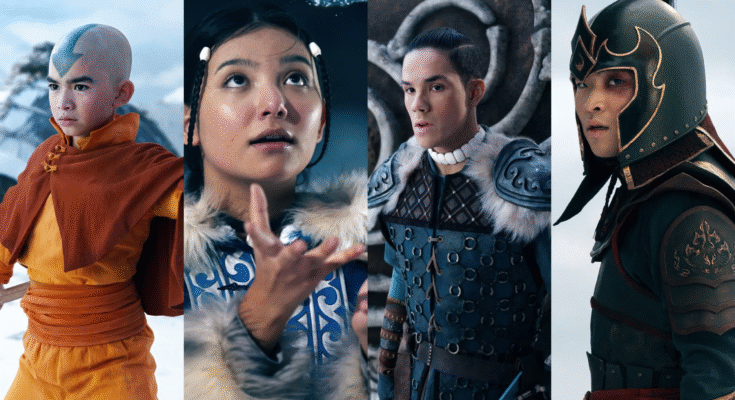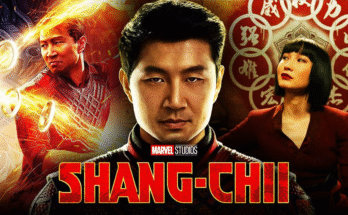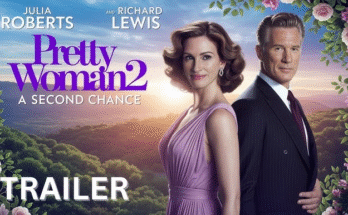Some stories transcend generations, living not only in memory but in spirit. Avatar: The Last Airbender is one such tale—a saga of balance, destiny, and the eternal struggle between light and shadow. Its return in live-action form is not simply a revival but a bold reimagining of a legend that has already etched itself into the hearts of millions.
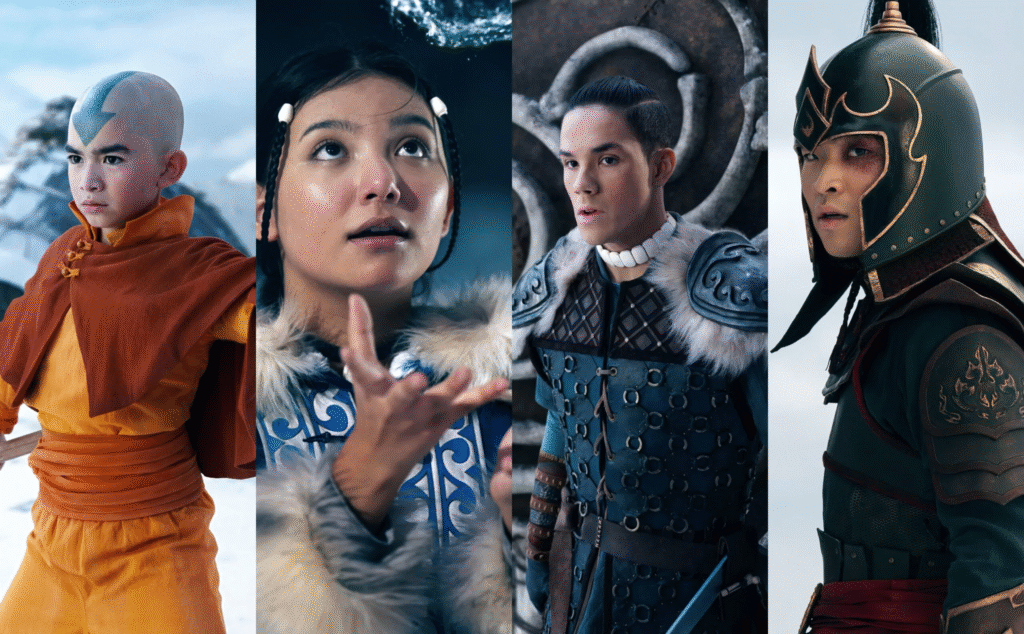
The story begins as it always has: a world divided into four nations—Water, Earth, Fire, and Air—each bound by elemental power and ancient tradition. Yet only one person, the Avatar, can unite them. When Aang, the last surviving Airbender, awakens after a century frozen in ice, he carries not only the weight of his people’s extinction but the responsibility of restoring harmony to a world consumed by war.
What makes Avatar timeless is not just its setting but its characters. Aang is more than a chosen one; he is a child, playful and uncertain, learning to shoulder an impossible burden while still searching for joy. Katara embodies compassion and resilience, her waterbending a reflection of both healing and fury. Sokka grounds the group with wit and strategy, proving that courage does not require bending. And then there is Zuko—the prince scarred not only by fire but by shame, whose redemption arc burns as brightly as his rage.

The Fire Nation’s war casts a shadow over every step of their journey, transforming the narrative into something larger than mere fantasy. It is a meditation on power and corruption, on the human cost of ambition, and on the eternal battle between duty and freedom. Each nation, each element, becomes not only a weapon but a philosophy, offering wisdom as much as strength.
Visually, the live-action reimagining has the chance to expand this universe into something breathtaking. Vast landscapes—from icy tundras to desert seas, from towering Ba Sing Se walls to the volcanic rage of the Fire Nation—become characters themselves. The bending, when rendered with precision, promises not only spectacle but poetry: water flowing like silk, earth breaking with thunderous force, fire dancing with hunger, air gliding with serenity.
The action is fierce yet meaningful. Every battle is not simply a clash of fists and flames but a dialogue between philosophies. The choreography, if faithful, reflects martial arts at its purest—elegant, disciplined, and purposeful, each movement telling a story of culture and tradition.
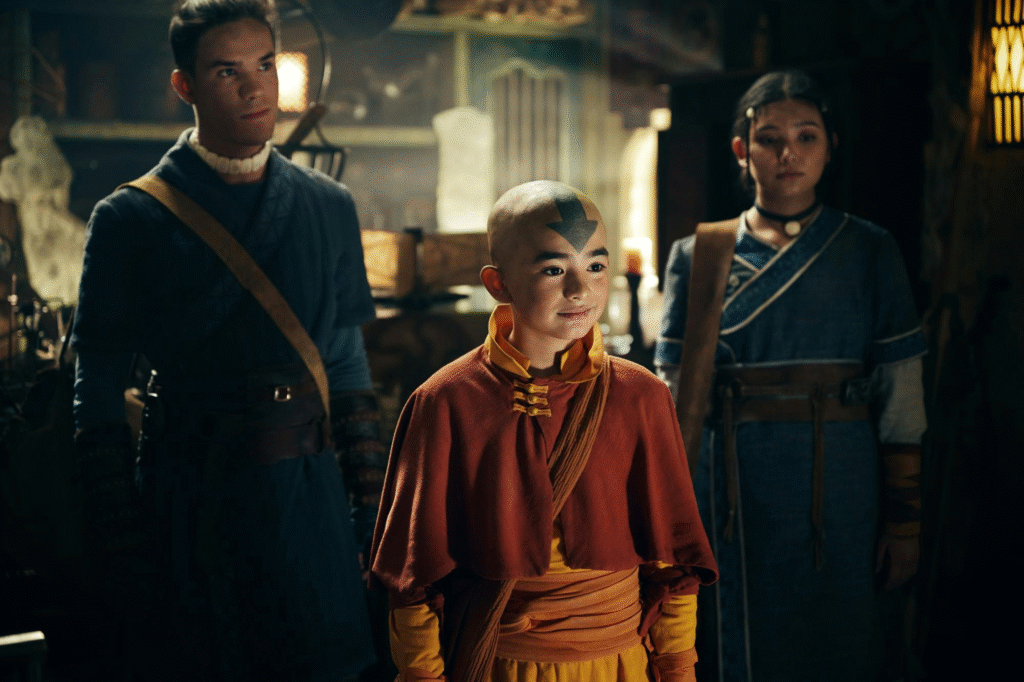
The score, iconic in its original form, returns as the heartbeat of this saga. Its mix of Eastern instrumentation and sweeping orchestral themes captures both intimacy and grandeur, evoking awe in the battles and tenderness in the quiet moments of friendship and loss.
Thematically, Avatar: The Last Airbender is about balance. Balance between nations, between power and responsibility, between childhood and destiny. It is a story that speaks to every generation because its questions are eternal: how do we heal a broken world? How do we carry burdens too heavy for one soul? And how do we find forgiveness—not only from others, but from ourselves?
By its finale, the saga is not just about defeating the Fire Lord but about restoring harmony. It is about proving that true strength lies not in domination, but in unity. The message endures: the Avatar is not simply a warrior, but a bridge between worlds, reminding us that peace is always worth fighting for.
Ultimately, Avatar: The Last Airbender is more than fantasy—it is myth, philosophy, and heart woven into one. Whether through animation or live-action, its spirit remains unbroken: a timeless tale of hope, resilience, and the belief that even in a divided world, balance can be found again.
